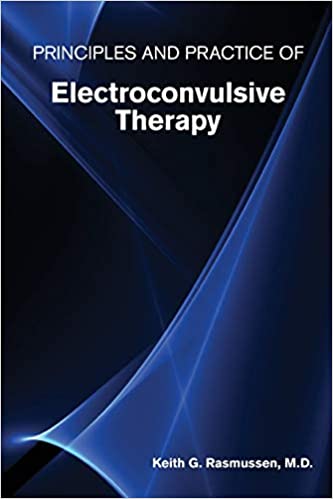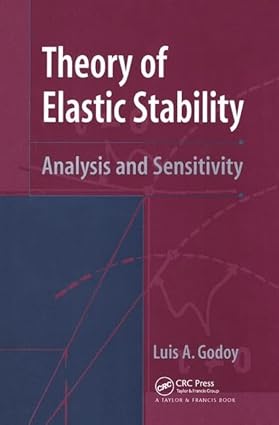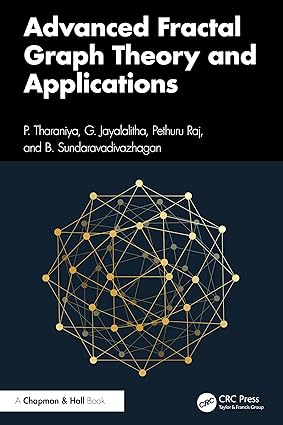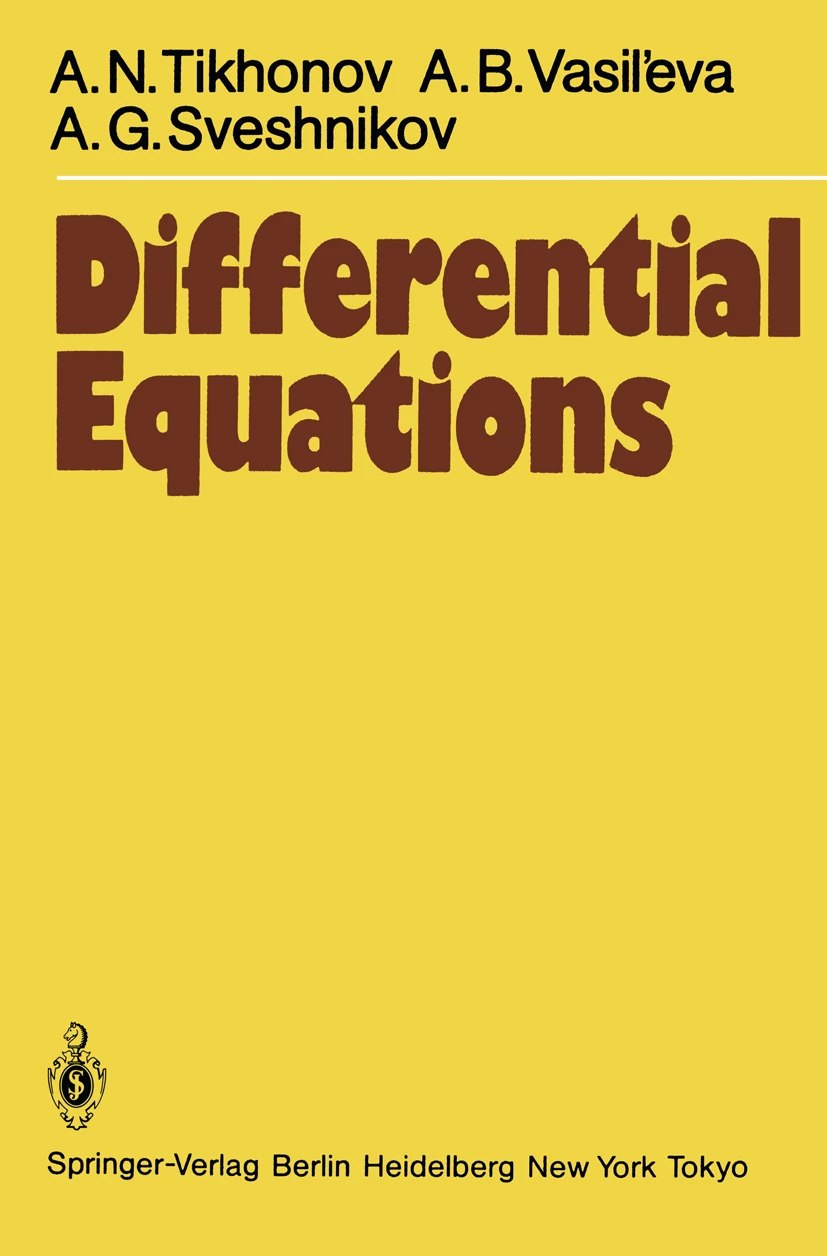Even with the rise of newer neuropsychiatric brain stimulation methods, electroconvulsive therapy (ECT) remains a widely used treatment for severe mental illness -- and perhaps the most effective for serious mental illness. Optimal treatment requires that psychiatrists be skilled in diagnosis and familiar with the techniques of treatment.
That's where Principles and Practice of Electroconvulsive Therapy comes in. With its up-to-date, comprehensive coverage of all aspects of ECT, this is an unrivaled resource for psychiatrists, whether in practice or still in training, striving for maximum treatment efficacy.
The book begins with an overview of what ECT is and how it is carried out, followed by a brief history of the therapy, from its earliest applications to its use in modern times. The guide follows the typical course of treatment, discussing the following: Understanding the indications for ECT and selecting patients who might benefit from this therapy -- whether they suffer from depression, mania, schizophrenia, or catatonia Educating patients and their families on ECT and obtaining patient consent Conducting a pretreatment medical evaluation and understanding the role of anesthesia Managing an individual ECT treatment, including choosing the electrical stimulus dose and parameter combination, delivering the electrical stimulus, assisting with recovery problems, etc. Overseeing the course of treatments, particularly for practitioners not personally conducting the treatments Managing patients after a course of treatments and preventing relapse Assessing and managing the memory side effects of ECT
The final chapter examines other neuropsychiatric stimulation therapies in relation to ECT and explains how to choose among them. All chapters conclude with easily referenced key points that summarize the most salient ideas. Readers seeking to further educate themselves on ECT will also benefit from the exhaustive reference list.
Though particularly useful for psychiatrists and psychiatric residents, Principles and Practice of Electroconvulsive Therapy, with its straightforward style, is a ready resource for any mental health or medical professionals interested in ECT.
چکیده فارسی
حتی با ظهور روشهای جدیدتر تحریک عصبی روانپزشکی مغز، الکتروشوک درمانی (ECT) همچنان یک درمان پرکاربرد برای بیماریهای روانی شدید است -- و شاید مؤثرترین درمان برای بیماریهای روانی جدی باشد. درمان بهینه مستلزم آن است که روانپزشکان در تشخیص مهارت داشته باشند و با تکنیک های درمان آشنا باشند.
این جایی است که اصول و روش درمان با تشنج الکتریکی وارد می شود. این با پوشش جامع و به روز تمام جنبه های ECT، منبعی بی نظیر برای روانپزشکان است، چه در عمل و چه هنوز در حال آموزش، که برای حداکثر درمان تلاش می کنند. اثربخشی.
کتاب با مروری بر چیستی ECT و نحوه انجام آن آغاز میشود و به دنبال آن تاریخچه مختصری از درمان، از اولین کاربردهای آن تا استفاده در دوران مدرن ارائه میشود. این راهنما دوره معمول درمان را دنبال میکند و در مورد موارد زیر بحث میکند: درک نشانههای ECT و انتخاب بیمارانی که ممکن است از این درمان سود ببرند - چه از افسردگی، شیدایی، اسکیزوفرنی یا کاتاتونی رنج ببرند. آموزش بیماران و خانوادههایشان در مورد ECT و دریافت رضایت بیمار انجام یک ارزیابی پزشکی قبل از درمان و درک نقش بیهوشی مدیریت یک درمان ECT فردی، از جمله انتخاب دوز محرک الکتریکی و ترکیب پارامتر، ارائه محرک الکتریکی، کمک به مشکلات بهبودی، و غیره. نظارت بر روند درمان ها، به ویژه برای پزشکان انجام ندادن درمان ها به صورت شخصی مدیریت بیماران پس از یک دوره درمان و پیشگیری از عود ارزیابی و مدیریت عوارض جانبی حافظه ECT
فصل آخر به بررسی سایر درمانهای تحریک عصبی روانپزشکی در رابطه با ECT میپردازد و نحوه انتخاب از بین آنها را توضیح میدهد. تمام فصول با نکات کلیدی که به راحتی قابل ارجاع هستند پایان می یابند که برجسته ترین ایده ها را خلاصه می کند. خوانندگانی که به دنبال آموزش بیشتر در مورد ECT هستند نیز از فهرست مرجع جامع بهره مند خواهند شد.
اگرچه به ویژه برای روانپزشکان و دستیاران روانپزشکی مفید است، اصول و شیوه درمان تشنج الکتریکی، با سبک ساده خود، منبعی آماده برای هر متخصص بهداشت روان یا متخصص پزشکی است که به ECT علاقه مند است.
ادامه ...
بستن ...










